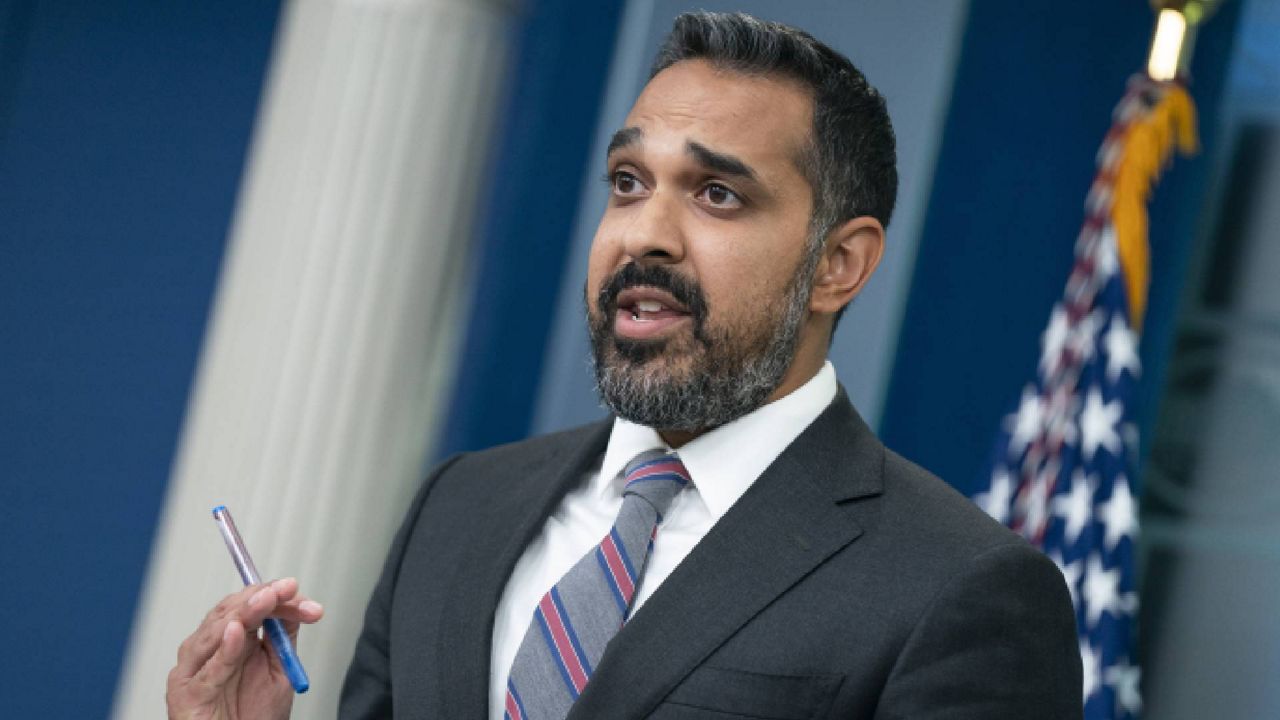The Biden administration’s plan to forgive up to $20,000 for student loan borrowers will cost the government about $24 billion per year over the next ten years, a top economic official confirmed Friday.
White House officials had declined to estimate the cost of the sweeping cancellation plan since it was announced Wednesday, saying it would depend on how many of the 43 million borrowers who likely qualify take advantage of the plan.
But Bharat Ramamurti, deputy director of the National Economic Council, told reporters on Friday that the Biden administration reached the $24 billion-per-year estimate by assuming that about 75% of borrowers will buy in.
The cost is not money the government must pay out, he said, but rather the amount of money the government will miss out on revenue each year, since borrowers who receive relief won’t be making those payments.
President Joe Biden on Wednesday announced that his education department would move to forgive up to $10,000 in loans for any borrower making less than $125,000 per year, or $20,000 for Pell Grant recipients. More than 60% of borrowers are Pell Grant recipients, officials noted.
The nonprofit Committee for a Responsible Federal Budget estimated this week that the plan would cost much more: $440 to $600 billion over the next ten years, when including the extended pandemic repayment pause and reforms to income-driven payment plan requirements.
About 20 million borrowers are expected to have their debt completely wiped out, while another 21 million will see their balance shrink, according to CRFB estimates.
Asked multiple times how the plan is “paid for” — a promise President Biden made about most parts of his agenda — officials said it would be offset by the estimated $1.7 trillion decrease in the federal deficit expected this year.
“It is paid for, and far more, by the amount of deficit reduction that we're already on track for this year,” Ramamurti said in the White House briefing room Friday.
“We're using a portion of that — a very small portion of it — to provide relief to middle class families consistent with the president's plan,” he added.
Nearly 90% of the benefits of the plan will go to people making under $75,000 per year, Biden administration officials have noted.
Critics, meanwhile, have said the student loan relief could have been more targeted toward lower-income Americans, instead of middle class borrowers who have the potential to earn more in the future.
The CRFB has called it “regressive,” partly because the unemployment rate for people with a college degree is less than 3 percent.
The Republican-linked American Action Network has begun to run ads that call it a “bailout for rich kids.”



